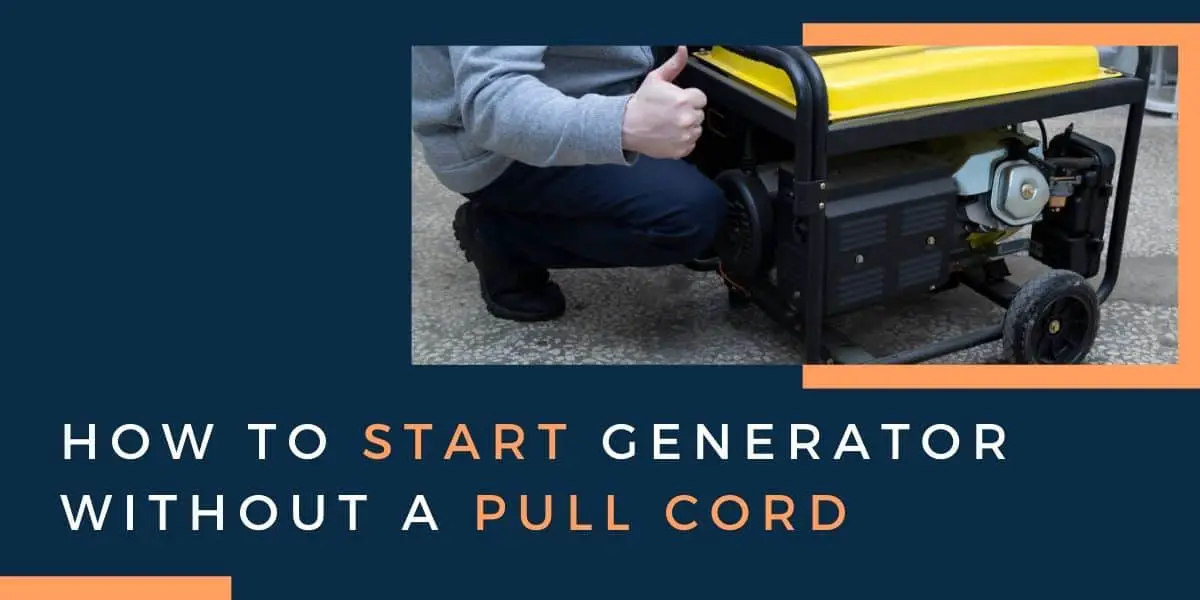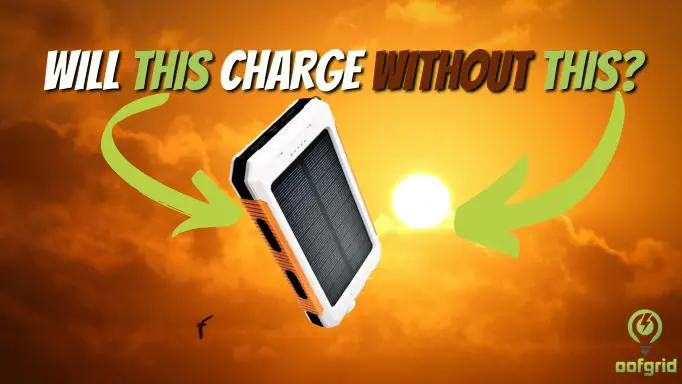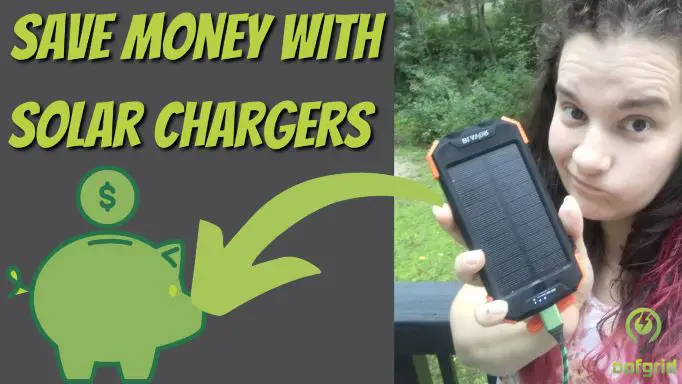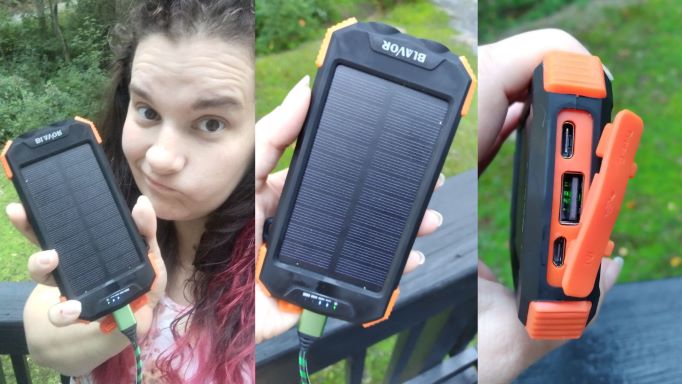It’s never fun to find yourself yanking on a generator pull cord only for the cord to snap in half!
Unfortunately, this happens far more often than people realize.
These cords, after all, aren’t made out of steel. They’re usually made out of a decent quality rope but end up rubbing up against metal components and sharp corners over and over again. That’s going to cause them to become compromised and to break sooner rather than later.
If you’re not prepared for this inevitability, though, you might think that your generator is down for the count until you can get a new cord installed.
That might be a chilling thought, especially if you were depending on your generator in the middle of the storm or other nasty situations where the odds of getting a rope shipped or delivered anytime soon are slim to none.
Thankfully though, you can actually start your generator without a pull cord – and you can do so pretty easily.
Below we breakdown how!
Contents
Break Out the Manual
The very first thing you’re going to want to do is break out your owner manual for the generator that you have.
You’re going to want to have a look at how the ignition system and starter system works, how the rope system ties into the rest of the generator itself, and to see if they have any specific advice about starting your generator when the pull rope becomes compromised or breaks completely.
You might be surprised by what you find in your owner manual, after all!
A lot of modern generators have built-in redundancy systems to solve this problem exactly. Some have electric plug in starting systems that might be useful if you have another source of electricity (including battery) whereas others outline exactly how you can manually crank the starting motor on a generator to get you up and running.
Start here first always.
Can You Fix the Rope?
After reading the manual it’s time to have a look at the rope itself and how it connected to the starter motor.
A lot of times these ropes break real tight up against the generator themselves, disappearing inside of the housing, and we think that the rope is gone completely.
That isn’t always the case.
Sometimes we pop that housing open to find a foot or two of rope left behind still attached to the starter mechanism. If that’s the case you are in luck!

All you have to do in these situations is tie a rock solid knot that combines two pieces of rope (a sheet bend, a shroud knot, etc) to extend the rope out again. Run it through the same housing open that the original rope ran for, tie it to a handle (or tie a handle in the rope) and you are good to go!
This may not be a permanent fix (that knot you have tied is going to be under some extreme stress), but it’s definitely going to get your generator up and running in a pinch – and that’s what you are looking for!
In the event that your generator rope as ripped off completely (or is 100% missing) this tip isn’t going to help you all that much. In those situations you’re going to want to go to the next step in this quick guide.
Find Your Emergency Recoil System
As highlighted above, almost all modern generators have what is known as an “emergency recoil system”.
The system is designed to attach directly to the recoil assembly itself, giving you an opportunity to tie a new piece of rope directly to the emergency mechanism to bypass the traditional starting route completely.
The original rope or any other suitable replacement can be tied here with a stop knot, making sure to place the knot itself into the notch on the outside rim of the emergency recoil system mechanism. Give the rope a counterclockwise pull and you should have your generator fired up in a second or two.
This operation is going to work for the overwhelming majority of modern generators. Depending on the brand of generator you are working with you may have to look elsewhere for the emergency recoil system, though.
This is why you want to work for to your owner manual as we highlighted earlier. That’s where you’re going to finding privation about where the system is located, how to trigger it, and how to use it to get your generator started without a pull rope.
Attach an Impact Driver/Power Drill to the Starter
If none of that works (or if you’re having a tough time navigating the tips above) it’s also possible to power on your generator without a pull rope with nothing more than a cordless impact driver or power drill, a socket, and a little bit of juice in the battery.
The first thing you’ll need to do is to pull the shroud off of your generator starter motor, looking to see or the kind of nut attachment it has directly in the center of the pull starter mechanism.
Every manufacturer has a different size (there’s no one-size-fits-all here) which is why you’re going to want to have plenty of sockets on hand to try and test.
As soon as you find out what that size socket is, though, you are off to the races.
Simply attach a breaker bar connector to your impact driver or your power drill, shift your tool down to a low speed, and then slap the socket on the end of that connector.
Push everything into reverse, attached directly to the starter motor nut, and then fire up the drill itself.
It might take a couple of rotations for everything to kick on (you may have to play with the priming system or the choke on your generator, too), but it won’t be long until your generator kicks on are good to go.
Final Thoughts
Now you know a couple of different ways to figure out how to study generator without a pull cord should this happen to you in an emergency situation!






